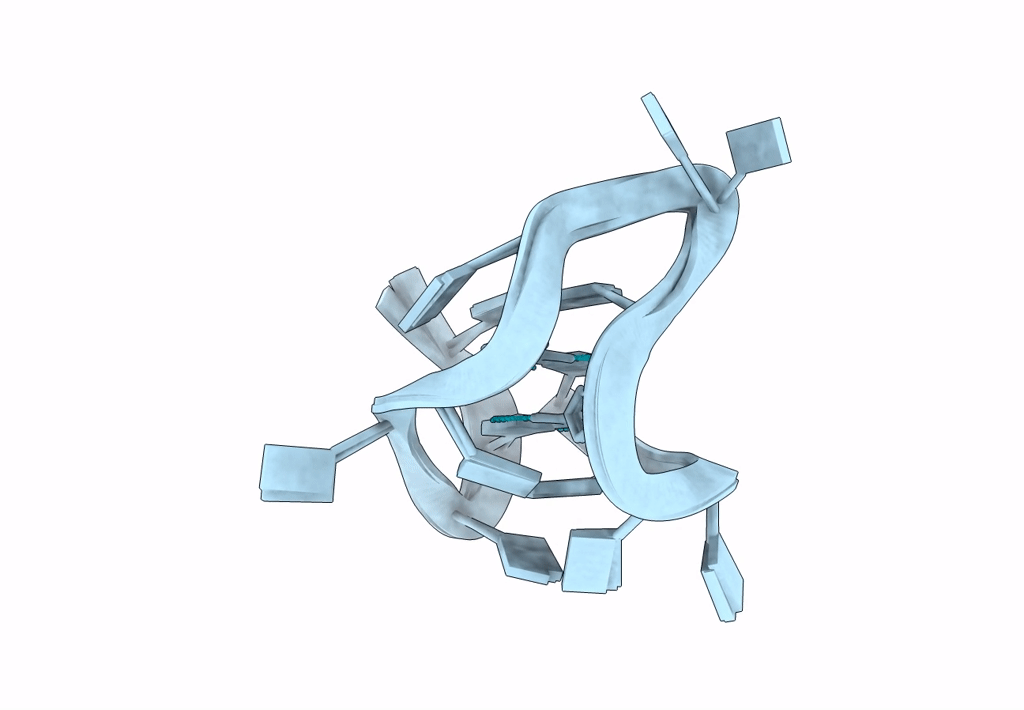
Deposition Date
2023-06-28
Release Date
2023-09-13
Last Version Date
2023-10-18
Method Details:
Experimental Method:
Conformers Calculated:
100
Conformers Submitted:
10
Selection Criteria:
structures with the lowest energy


